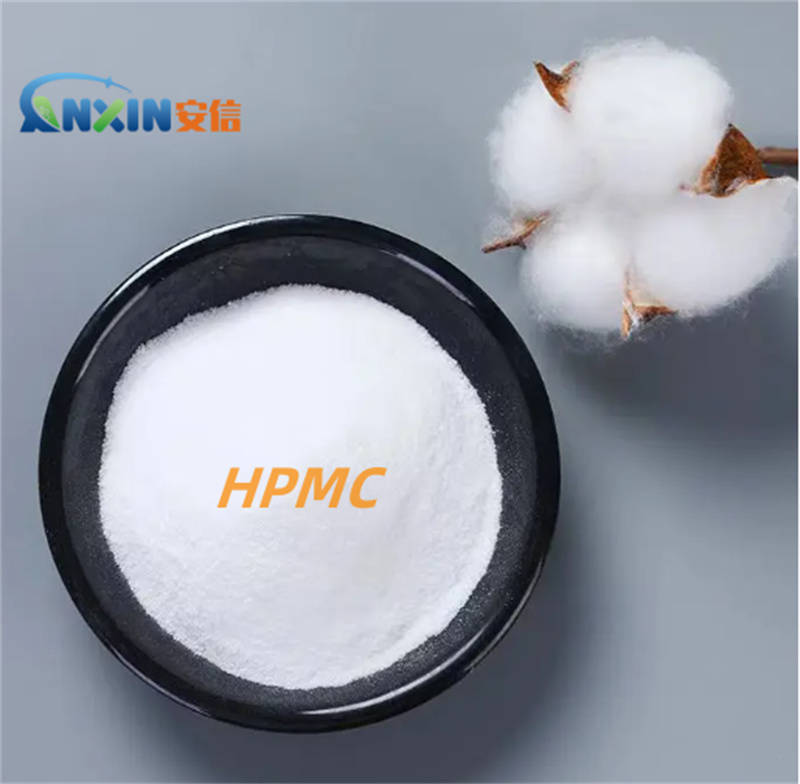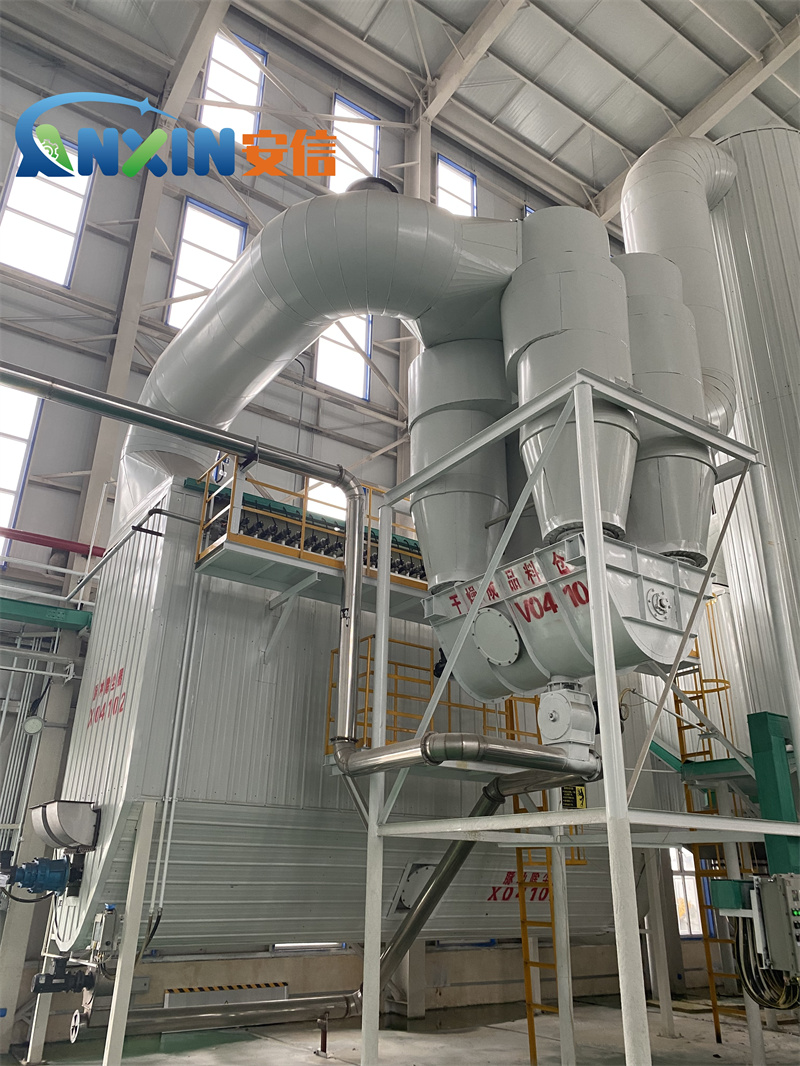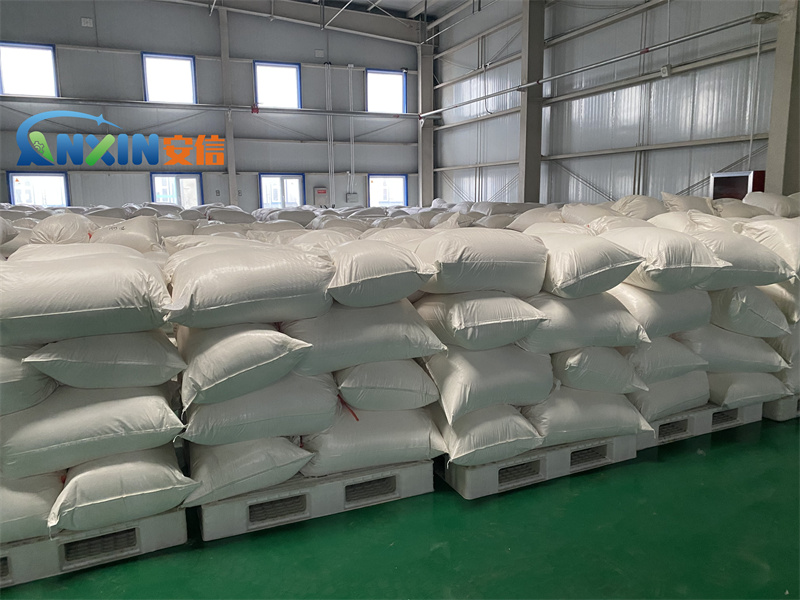Hydroxypropyl Methylcellulose (HPMC) is a versatile cellulose ether widely used in construction materials, pharmaceuticals, food products, and personal care items. Proper mixing of HPMC is crucial to achieve its full functionality.
Understanding HPMC Properties
Before mixing HPMC, it’s important to understand its key characteristics:
Solubility: HPMC is soluble in cold water but insoluble in hot water
Viscosity: Available in various viscosity grades (from low to high)
Surface activity: Acts as a thickener and water retention agent
Thermal gelation: Forms gels at elevated temperatures (varies by grade)
These properties significantly influence the mixing process and final product performance.

Preparation Before Mixing
1. Selecting the Right HPMC Grade
Choose the appropriate HPMC grade based on:
Application requirements (construction, food, pharmaceutical)
Desired viscosity
Required gelation temperature
Particle size (fine powder or granular)
2. Gathering Equipment
Mixing vessel (stainless steel or plastic)
High-shear mixer or propeller mixer
Measuring tools (scale, graduated cylinders)
Temperature control (for some applications)
Dust mask and protective equipment
3. Preparing the Mixing Environment
Ensure clean, dry workspace
Control humidity (high humidity can cause clumping)
Have all materials at room temperature unless specified otherwise
Step-by-Step Mixing Methods
Method 1: Direct Mixing (Common for Construction Applications)
Measure the water: Determine the required water quantity based on your formulation
Prepare the mixer: Start the mixer to create a vortex in the water
Slow addition: Gradually sprinkle HPMC powder into the vortex
Addition rate: 1-2% of total mix weight per minute
Never dump large quantities at once
Continue mixing: After all powder is added, mix for:
15-30 minutes for low viscosity grades
30-45 minutes for high viscosity grades
Hydration time: Allow the solution to stand for:
20-30 minutes for complete hydration
Longer for higher viscosity grades
Method 2: Hot/Cold Water Dispersion (For Faster Hydration)
Heat water: Heat 1/3 of total water to 80-90°C
Disperse HPMC: Add HPMC to hot water while stirring
The powder won’t hydrate in hot water but will disperse
Add cold water: Quickly add remaining 2/3 cold water
Rapid temperature drop causes immediate hydration
Final mixing: Stir for 10-15 minutes until uniform
Method 3: Pre-mixing with Other Powders (For Dry Blends)
Dry blending: Mix HPMC with other dry ingredients first
Typical ratio: 1 part HPMC to 4-5 parts other powder
Wet mixing: Add the dry blend to water while stirring
This prevents clumping by separating HPMC particles
Special Considerations for Different Applications
For Construction Materials (Tile Adhesives, Mortars)
Typical dosage: 0.1-1% of total weight
Mix with other additives first (redispersible powders)
Ensure complete dispersion to avoid “fish eyes”
Adjust mixing speed to avoid excessive air entrainment
For Pharmaceutical Applications
Use purified water
May require sterile condition
Often combined with other suspending agents
Consider viscosity requirements for final product
For Food Applications
Comply with food-grade HPMC specifications
May require specific hydration temperatures
Often combined with other hydrocolloids

Troubleshooting Common Mixing Problems
Problem 1: Lumping or Fish Eyes
Cause: Improper addition or insufficient mixing
Solution:
Add powder more slowly
Increase mixing speed during addition
Use pre-mixing method with other powders
Problem 2: Incomplete Hydration
Cause: Insufficient mixing time or cold water
Solution:
Extend mixing time
Use hot/cold water method
Allow longer standing time
Problem 3: Excessive Foaming
Cause: High shear mixing or impurities
Solution:
Reduce mixing speed
Use defoamer if permitted
Ensure clean equipment
Problem 4: Viscosity Variation
Cause: Inconsistent mixing or measurement
Solution:
Standardize mixing procedure
Check water quality and temperature
Verify HPMC concentration
Advanced Mixing Techniques
1. Vacuum Mixing
Reduces air entrapment
Improves dispersion quality
Used in high-end applications
2. Multi-stage Mixing
Hydrate HPMC separately
Add other components in stages
Ensures optimal performance of each ingredient
3. Controlled Temperature Mixing
Maintain specific temperature during mixing
Critical for some pharmaceutical applications
Requires specialized equipment
Safety Precautions
Personal Protection:
Wear dust mask when handling dry powder
Use eye protection
Wear gloves if handling large quantities
Environmental Controls:
Avoid creating dust clouds
Ensure proper ventilation
Clean spills immediately
Storage:
Keep HPMC in original packaging
Store in cool, dry place
Avoid moisture exposure
Quality Control Measures
Viscosity Testing:
Use rotational viscometer
Compare against specification
Check at standard temperature
Visual Inspection:
Check for lumps or undissolved particles
Verify clarity (for high purity grades)
Observe flow characteristics
pH Measurement:
Most HPMC solutions are pH neutral
Significant deviations may indicate problems

Proper mixing of HPMC requires attention to the specific grade, application requirements, and mixing conditions. By following these detailed procedures—selecting the appropriate method, controlling mixing parameters, and implementing quality checks—you can consistently prepare high-quality HPMC solutions or dispersions. Remember that small variations in mixing technique can significantly affect the performance of HPMC in your final product, so standardization of the mixing process is crucial for reproducible results.
Post time: Apr-10-2025